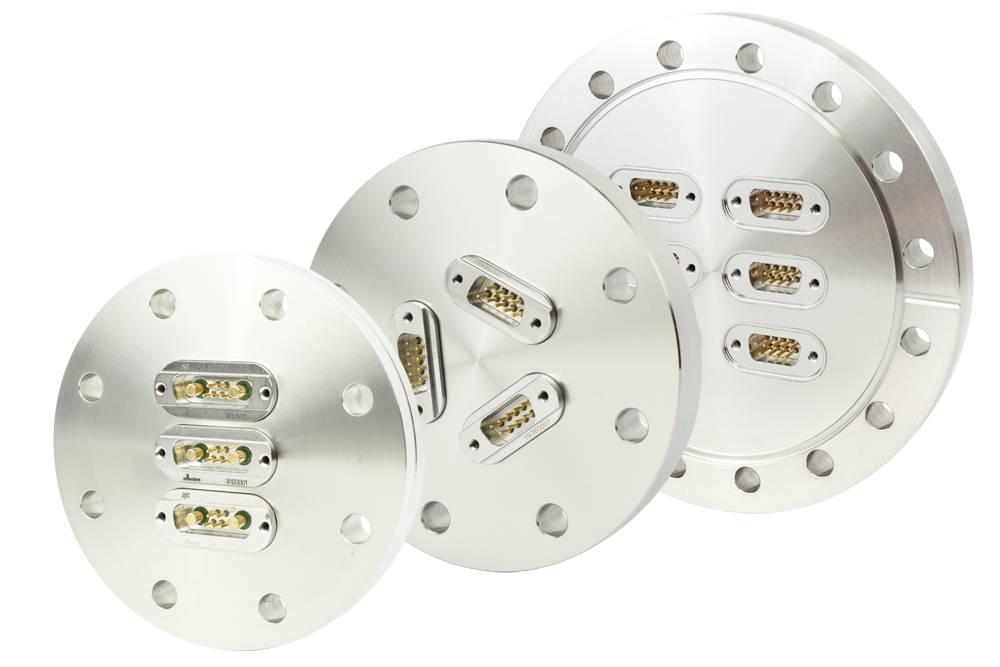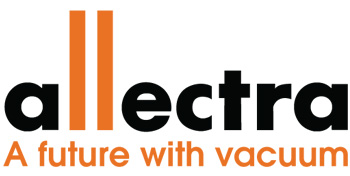Reliable vacuum components manufactured from the highest purity materials.
Allectra is one of the foremost European high- and ultra-high vacuum (HV/UHV) component manufacturers, with a broad offering of essential accessories and hardware.
From feedthroughs to viewports, our product catalog helps vacuum process engineers and researchers achieve their unique objectives in academic and manufacturing environments alike. This is largely due to our HV/UHV expertise and commitment to quality at every stage of the vacuum component production cycle.
Part of our quality assurance and control (QA/QC) procedures involves rigorously selecting the right materials for our vacuum components.

Choosing the Right Materials for Vacuum Applications
There are fundamental parameters that must be considered when selecting materials for use in your vacuum components. Negligible rates of outgassing at process pressures are essential to preserving the integrity of vacuum chambers in situ. Outgassing of adsorbed hydrogen molecules or trace level lubricants, for example, can reduce the quality of your vacuum and contaminate samples.
At extremely low pressure regimes, chambers are evacuated in stages with considerations for the sublimation of gas molecules from chamber walls, but reducing the time taken to achieve desired conditions is a key driver geared towards improved efficiency and throughput. Additionally, it is often important that vacuum components can resist high bake-out and process temperatures.
Outlining Stainless Steel Vacuum Components
Stainless steels are among the most common materials used to engineer high-performance vacuum components for HV/UHV conditions. This category of alloys is sub-divided into five distinct subfamilies, one of which is widely preferred for vacuum chambers, feedthroughs, pumps, viewports, and so on.
Austenitic stainless steels are the primary metal alloy used in vacuum environments today. By mass, they comprise at least 6% nickel and as much as 16% chromium which imparts outstanding corrosion resistivity and high-temperature performance. In the annealed condition, they also tend to be non-magnetic which is beneficial for many common vacuum processes.
Not all austenitic stainless grades are suitable for vacuum component manufacturing, however. Some are composed of additional alloying elements such as sulfur, which makes them more prone to undesirable outgassing under process conditions.
Two of the most common stainless steel grades in production globally satisfy the quality demands for high-performance vacuum components. These are type 304 and type 316L. What makes these two stainless grades particularly suited to vacuum component manufacturing of other austenitic types is their low outgassing and low-magnetic properties. Other austenitic stainless steels commonly used in vacuum engineering include:
- Type 304L, a low carbon version of type 304
- Type 321
Stainless Steel Vacuum Components from Allectra
Browse our full list of HV/UHV products today for a breakdown of the high-performance stainless steel vacuum components that we offer. Otherwise, contact a member of the team today with any questions.

